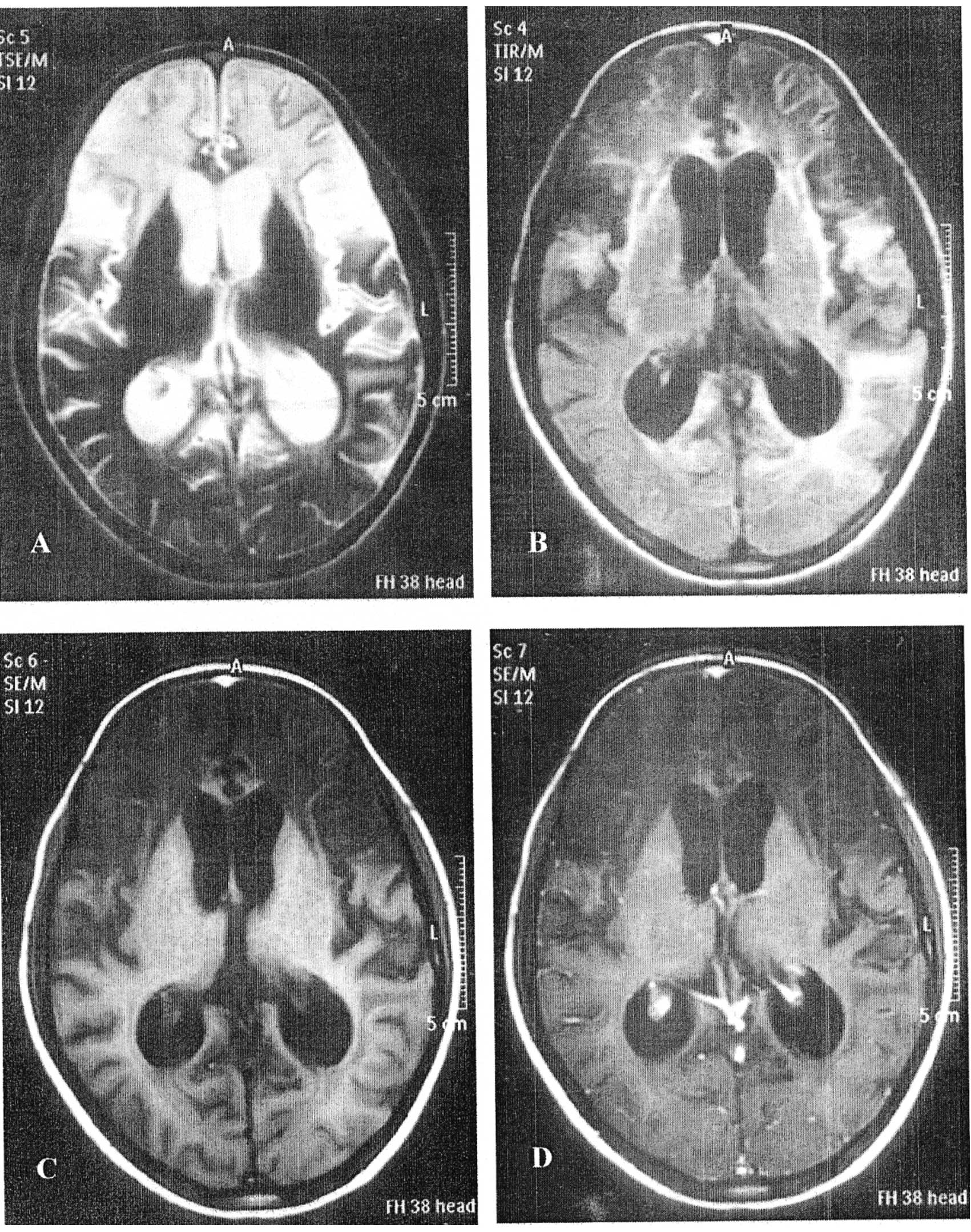Magnetic resonance imaging of the brain in survivors of childhood acute lymphoblastic leukemia
- Authors:
- Published online on: December 12, 2012 https://doi.org/10.3892/ol.2012.1072
- Pages: 621-626
Metrics: Total
Views: 0 (Spandidos Publications: | PMC Statistics: )
Total PDF Downloads: 0 (Spandidos Publications: | PMC Statistics: )
Abstract
The issue of delayed neurological damage as a result of treatment is becoming increasingly important now that an increased number of children survive treatment for acute lymphoblastic leukemia (ALL). Following modification of the treatment protocols, severe symptomatic late effects are rare, and most adverse effects are detected by sensitive imaging methods such as magnetic resonance imaging (MRI) or by neuropsychological testing. In this study we aimed to determine the prevalence and characteristics of late central nervous system (CNS) damage by MRI and clinical examination in children treated for ALL. A cross-sectional study was carried out at the pediatric oncology unit of Zagazig University, Egypt, and included 25 patients who were consecutively enrolled and treated according to the modified Children's Cancer Group (CCG) 1991 protocol for standard risk ALL and the modified CCG 1961 protocol for high-risk ALL and who had survived more than 5 years from the diagnosis. All relevant data were collected from patients' medical records; particularly the data concerning the initial clinical presentation and initial brain imaging. All patients were subjected to thorough history and full physical examination with special emphasis on the neurological system. MRI of the brain was performed for all patients. The mean age of patients was 6.9±3.04 years at diagnosis and was 12.9±3.2 years at the time of study. The patients comprised 14 boys and 11 girls. Abnormal MRI findings were detected in six patients (24%). They were in the form of leukoencephalopathy in two patients (8%), brain atrophy in two patients (8%), old infarct in one patient (4%) and old hemorrhage in one patient (4%). The number of abnormal MRI findings was significantly higher in high-risk patients, patients who had CNS manifestations at diagnosis and patients who had received cranial irradiation. We concluded that cranial irradiation is associated with higher incidence of MRI changes in children treated for ALL. Limitation of cranial irradiation to selected patients contributed to a lower incidence of neurological complications in our study. MRI is a sensitive radiological tool to detect structural changes in children treated for ALL, even in asymptomatic cases.










